Have you ever asked yourself how are movies financed? After all, even low-budget documentary films can be expensive. Famous talent and professional production teams usually get paid upfront. That’s why fundraising for filmmaking usually comes first before any footage is even shot. Here’s a deeper look into modern film financing and how to build a film budget.
Film Financing Basics
Perhaps the most fundamental point to understand before writing your script or planning your movie is film industry structure. There’s the big league of major motion picture studios that account for most blockbusters and a much lower financial tier of multi-million dollar independent film studios. The third and largest group of filmmakers is everyone else – the crowd of novices and creative hopefuls who have the spirit and ideas to make great films, but lack sufficient funding.
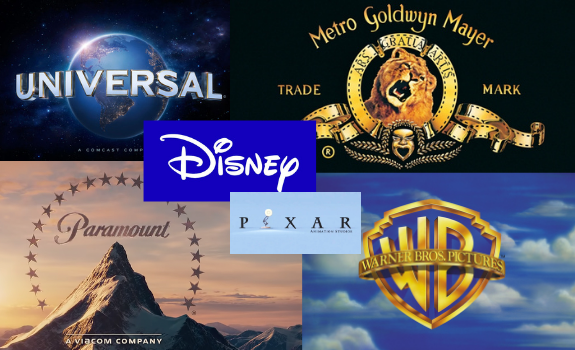
Film industry structure defines how and where the money flows. Blockbuster films usually come from the top dozen film studios. These financial giants can afford to make movies full of special effects, which are usually the most expensive films to make. This type of production is almost always out of the question for most small filmmakers to consider unless they get access to massive funding from big investors.
Among major studios, filmmakers pitch ideas to produce films that, if approved, are often sold to the studio. The studio can then sell the rights to distributors or profit off distribution licensing deals.
Ask yourself if the film is meant to be commercial, educational or just part of a hobby. Answering this question matters because if it’s for educational purposes, you can get a government grant. Commercial film proposals can also receive grants, but it’s a more competitive environment.

Keep in mind, however, very few films turn a profit. While films shown at theaters across the nation might generate millions in revenue, costs for production, promotion and distribution often cut into profits.
Big name celebrities can command high earnings and even be the key to a movie being a blockbuster. Will Smith earned $100 million for his role in Men In Black, a film that grossed $624 million. A successful film, however, doesn’t necessarily require well known figures, especially if it’s a certain genre like horror. Documentaries are more driven by topics that appeal to niche followings.
Things To Consider In The Allocation of Costs
The decision process on fundraising for filmmaking often begins with an assessment of available capital to build a film budget. Having a good credit score and existing assets is essential to getting conventional bank loans. Self-funding is the best way to fund a film because it gives you the most control of your project. Getting financial help from investors often means giving up a degree of creative control.
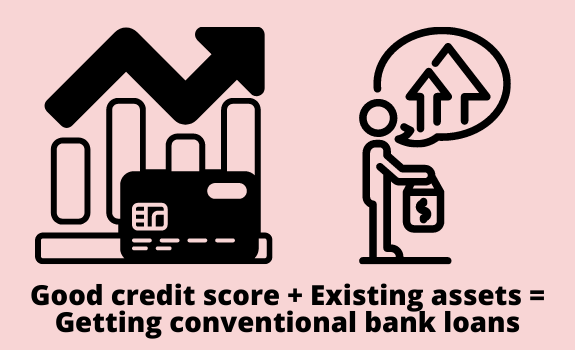
Some investors might only want their name on the credits while others might demand injecting their ideas into the script to promote their interests. An “Executive Director” is typically the top investor in a film and often has little to do with the production.
Consider the different modes of financing before deciding on a strategy. Look at the wide range of options that include pooling assets with other filmmakers, government grants, tax credits, crowdfunding and venture capitalist support. Remember that since most films aren’t profitable, savvy investors tend to view film investing as high risk. But if you can create a convincing trailer that captures your ideas and build strong arguments for the film’s purpose, anything is possible.
The more people involved with the film, the higher it will likely cost unless you can round up enough hobbyists who just want to get some type of film experience. Major films draw from union talent SAG-AFTRA, in which members pay union dues to get access to high-paying professional offers. While this organization has over 150,000 members, there’s a much larger population of non-union talent trying to get into indie films. Typical small budget films cannot afford to hire union talent even as extras.

Even if you can find seasoned on-camera talent, you will still need the help of a production crew, which is headed by a producer/director who must coordinate with camera operators and eventually post-production experts. Other production expenses may include set design and construction, wardrobe and make-up and various technicians.
But film costs don’t end with production. Other costs if the production starts to become elaborate include public permits, leasing or renting property, insurance, transportation, legal fees and many other items. If the costs for your particular film become too exhaustive, consider scaling back toward the minimalist approach. Using the camera as an eye for curiosity and creativity can sometimes make up for lack of special effects and name talent.
Film Funding Sources: Where To Find Them
Various large entertainment entities, investment firms and tech platforms facilitate film financing. Netflix funds independent films but favors producers with track records. Some indie filmmakers have gotten funding after making a short but compelling pitch to executives about their film idea.
In this YouTube video the writer/producer/actress Emily Cochran says that the film The Stolen which was shot in New Zealand was funded from UK, Germany and New Zealand sources with a little help from the United States.
Although Cochran makes clear her dislike for fundraising, she emphasizes working with a respected sales agent. Investors worry about he risks of filmmaking due to its unpredictable results at the box office, but working with a respected sales agent who can make projects gives them more comfort. A sales agent first looks at the script then the genre, but name talent is the key to making accurate projections, otherwise it’s a gray area.
Public Sources of Film Funding
For commercial film projects there are several companies in Europe and America that specialize in film financing, although many need to be convinced with track records. Non-commercial filmmakers should look into government grants for financing, especially for documentaries and short films. The British Film Institute (BFI), the New Zealand Film Commission and many other nations with film commissions issue equity grants for film projects. These grants tend to favor non-profit projects.
Applying For a Government Film Grant
Before you apply for a film grant you should put together a basic portfolio that includes an artist statement and a film treatment.
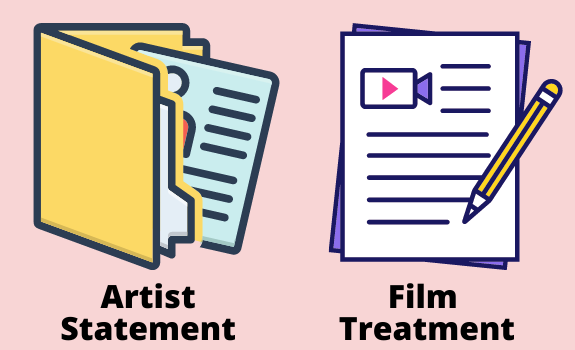
An artist statement is like an introduction letter that describes your background, purpose of the film and financial needs for the project. A film treatment, which is usually a one-page (or two-page) summary of what the film is about.
Tax Incentives for Filmmakers
It’s possible to get 20-40 percent of your film funding through tax credits. Countries and states offer tax credits as incentives to stimulate film production, sometimes to promote tourism.
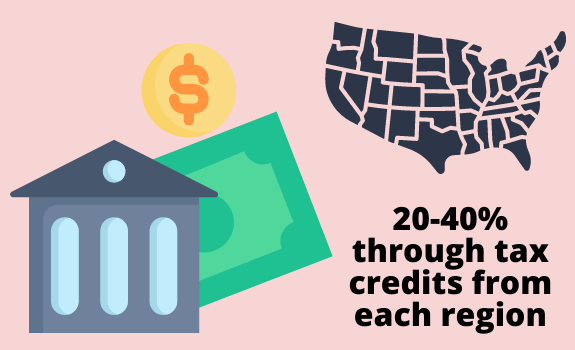
Each region has its own reasons for these rebates, which are a form of soft money, meaning it doesn’t need to be repaid. Soft money typically does not offer upfront cash, but still has value that adds flexibility to the budget.
Private Sources for Film Funding
Building any type of budget requires basic accounting knowledge, which involves simple math. The complexity of your film will play a significant role in establishing costs. But if you start with a strict tight budget, it means you must take a minimalist approach to filmmaking, which can still make money and win awards. The following funding sources are among the most important to consider for establishing a film budget.
Pre-Sales
One of the most reliable ways to attract investor attention is with a pre-sales agreement that shows revenue will come in right away for the project even before its completion and release.

When a distributor, for example, agrees to purchase the distribution rights to a film before it’s made, investors may view the scenario as favorable with low risk.
Negative Pickup Deal
A funding strategy after the film is competed but prior to release is the negative pickup deal. In this type of contract the studio agrees to pay the producer a certain amount in exchange for a negative of the film by a specified date.

This funding helps pay for distributing and promoting the film.
Gap/Supergap Financing
Another fundraising option for filmmakers is gap financing in which a producer uses unsold rights to borrow against from a gap company. The loan reflects the value of box office rights, streaming permissions and DVD sales.
Check this interview with Producer/Director/Writer/Actor Jeff Deverett who has made several successful films the past few decades.
Remember that getting through the door for studios to consider your film, you need to realize that “no” in the investment community doesn’t necessarily mean “never” and often means “not now.” So developing a relationship with someone who wants to invest in films is ultimately more important than their initial response. Deverett has gotten some of his movies played on Netflix, which has been open to accepting films from independent filmmakers.
Bridge Financing
Bridge financing is a type of temporary financing, giving companies access to short-term loans until they can shift to a more long-term financing solution.

Some financial institutions offer the option of equity-for-capital swap to companies seeking bridge financing, which is usually expensive due to lenders taking risks on default.
Slate Financing
Slate financing involves hedge fund managers investing in a diversified slate of films as a risk management strategy. It’s a popular strategy because its success doesn’t depend on one film project.

Studios favor this model because it allows them to retain creative control and not face interference about production, casting and location.
Attracting Individual Investors
While most indie films are funded by a pool of investors, sometimes all you need is one wealthy investor who simply wants to fund a film they think has social, artistic or inspirational value. Either way you need to deliver a captivating presentation of your ideas.

Some investors may want to see a screenplay while others simply want a brief summary and perhaps a storyboard, which visually summarizes the sequence of movie scenes on one or a few sheets of paper. Similarly, a mood board lays out the sequence of moods. In some cases you may pitch your idea to a room full of investors and then hope one or more have an interest in your film.
Other Financing Methods
Two alternative forms of film financing are product placement and crowdfunding. While crowdfunding is a new phenomenon that rose this century, product placement has been going on since the beginning of filmmaking. Advertising products within films is what brought diamonds and other forms of elite jewelry into the mainstream.
Product Placement
The concept to placing commercial brand names and products in films as a fundraising strategy has existed for decades. The movie that proved product placement works was Dirty Harry starring Clint Eastwood in 1971. The movie saved the .44 Magnum hand gun from getting dropped by the manufacturer as the film contributed to a massive sales spike for the product.

Plenty of other examples exist of successful product placement in films. The 1983 film Risky Business starring Tom Cruise promoted Ray-Ban’s Wayfarer sunglasses, which was another product about to get dropped until the film turned it into a big hit, selling 360,000 units that year. Another example was in the 1982 blockbuster E.T., which put Reese’s Pieces in the spotlight. Stephen Spielberg originally wanted to use M&Ms but was turned down by manufacturer Mars, whereas Reese’s owner Hershey accepted.

Despite plenty more examples of product placement, it’s very difficult for an indie filmmaker to convince an advertiser they will get a benefit from exposure in the film. Sponsors that are interested will likely want to know how many screens the film will be shown on, which is hard to predict until the film and distribution deals are made. Disclosing your film budget will give them an idea of its potential reach, but unless you already have a big budget with a successful track record in films, you’re asking the sponsor to take a risk investing in an unpredictable outcome.
Crowdfunding a Film Project
One of the most transparent ways to raise funds for a film is through a social media crowdfunding platform. Popular sites like Kickstarter, Indiegogo and GoFundMe allow people to run online fundraising campaigns for specified time periods. Fueled by social media posts, this type of democratized public fundraising has been proven to raise thousands of dollars for indie filmmakers when they have an exciting idea that resonates with their online community.

The most successful campaigns are usually driven by a trailer or explainer video that sums up the project. The 2013 Veronica Mars indie film project raised over $5 million on Kickstarter.
Examples of Successful Film Industry Financing
Waiting in line behind countless filmmakers before it’s your turn to get noticed can be frustrating and might not ever happen. But anyone can at least learn tips from the trails blazed by successful filmmakers. Keeping the budget lean is the path of least resistance.
Making high resolution movies that can be shown on a big screen typically costs from $200,000 on up. But the 1991 indie film Slacker only cost $23,000 and played at 16 theaters, yet generated box office revenue of over $1 million. The film relied on humorous dialogue and constantly changing characters. It was shot in 16mm then converted to 35mm after it was acquired by Orion Classics for national distribution. So it’s possible for low-budget films to be highly successful.

Justin Jackola and Ken Miyamoto were able to secure $200,000 in funding to make indie film Hunter’s Creed, which was purchased by major Hollywood distributor Cinedigm.
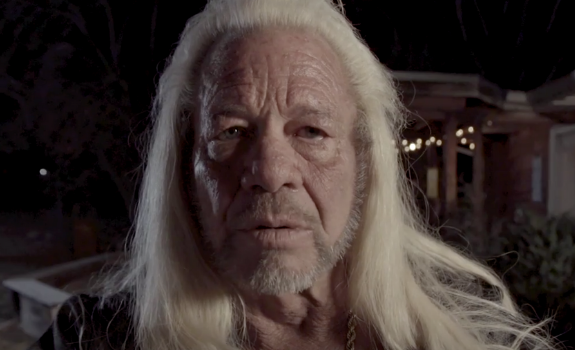
Check the video where James Cullen Bressack, who wrote, directed and produced Bethany, says how approaching distributors early after getting exposure at film festivals for his movie Pernicious helped him.
Sometimes “money just falls out of the sky,” according to famous filmmaker Spike Lee, referring to how the film industry is flooded with investors looking for a hit. He says his favorite quote is “luck is a residue of design” by Brooklyn Dodgers owner Branch Rickey, who signed baseball legend Jackie Robinson. In other words, luck is a result of planned focus with clarity. At the same time he says you can’t depend on luck.
Conclusion
Asking yourself how are movies financed will help put you in the mindset that leads to questions about your own film financing. If you have the passion to create films with access to high quality equipment, it’s possible for your dream to materialize. There are many different avenues for building a film budget, so it’s a matter of exploring your financial options and seeing where your project fits in. The ideal film budget is with investors who provide the upfront cash then take a minority percentage of the profits.
